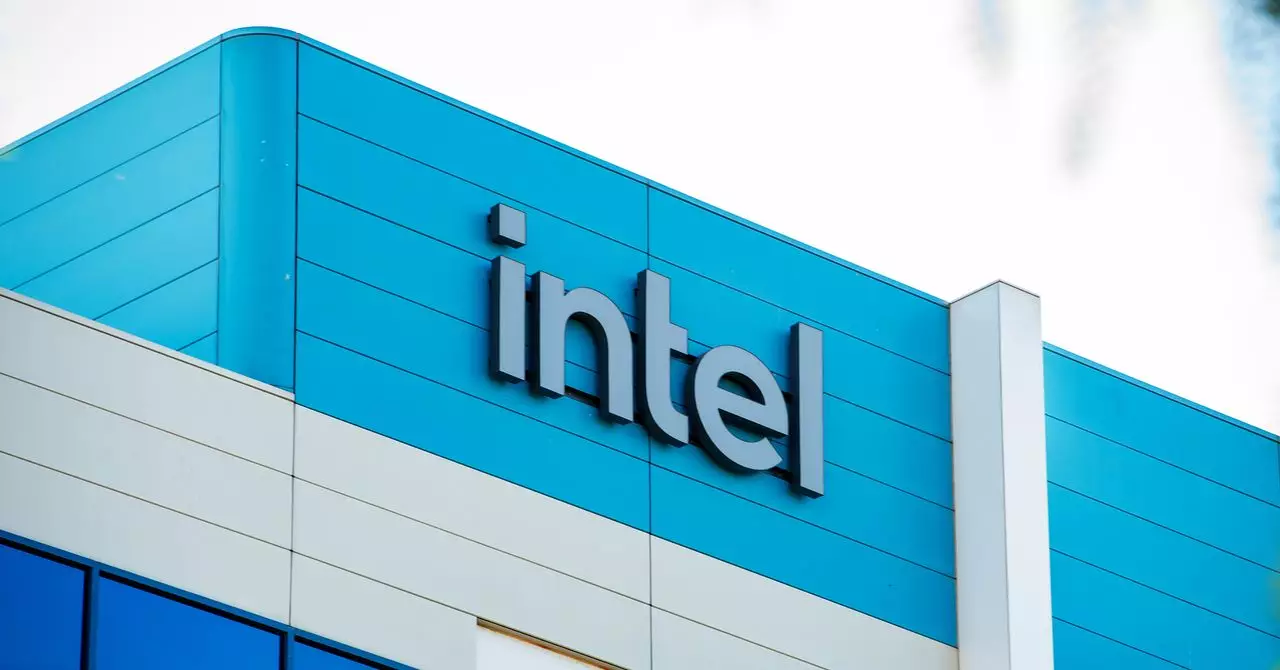On a Wednesday filled with uncertainty, Silicon Valley breathed a collective sigh of relief when President Donald Trump announced exemptions for semiconductors in the new tariff regime. It seemed like a moment of triumph for the tech industry, allowing semiconductor companies to continue business as usual, at least for the time being. However, this sense of security rapidly eroded just three days later. The narrow scope of the exemptions became a glaring issue, revealing that a sizable percentage of the semiconductor industry would still face substantial hurdles due to rising import costs.
The announcement, rather than clearing the path for semiconductor manufacturers, has instead drawn attention to significant pitfalls inherent in the exemptions. As the tariff list appeared, it clearly indicated that many essential chip-related products remained subject to tariffs, leaving numerous companies juggling import costs. This predicament puts them in a precarious position, particularly as the semiconductor landscape becomes increasingly complex and interconnected.
A Complex Web of Import Dependencies
The reality is that the semiconductor industry cannot escape the conundrum of dependency on a myriad of imports and the overall health of the U.S. economy. Semiconductors are not standalone products; they are crucial components that feed into a facetted array of consumer goods, from smartphones to vehicles. Stacy Rasgon, a senior analyst specializing in semiconductors at Bernstein Research, comments that the purported exemptions do little to mitigate the industry’s complex relational dependencies. The underlying issue morphs into the fact that the tariffs likely translate into a staggering blended tariff rate close to 40% on packaged products that utilize these very semiconductors.
The layers of complexity accentuated by the Harmonized Tariff Schedule (HTS) only add to the anxiety of businesses. The HTS categorizes millions of imported products and assigns them various duty rates, creating a bog of useful information but also significant ambiguity. In such an intricate landscape, tech firms relying on precise categorizations for efficient operations face a daunting challenge. The potential to misclassify goods—and thereby incur unjust tariffs—looms large in the minds of supply chain managers.
A Vicious Cycle of Investment Challenges
The ripple effects of these tariff-related complications extend beyond immediate financial impacts. Martin Chorzempa, a senior fellow at the Peterson Institute for International Economics, articulates a critical point: as major tech companies gear up to invest substantial capital in the U.S. semiconductor landscape, they find themselves confronted with a worrisome paradox. A $100 billion investment may no longer stretch as far as it has historically, given the inflated costs associated with imported materials. The structural changes within the sector could lead to hesitancy among investors, effectively stalling the much-needed push toward innovation and growth within the semiconductor space.
This uncertainty shrouding the financial landscape can lead to a vicious cycle, wherein reduced investments precipitate stagnant advancements in technology. For a sector that has traditionally prided itself on relentless progress, it raises alarms about potential declines in the competitive edge that the U.S. tech industry has historically wielded.
Understanding the Tariff Exemption’s Nuances
Delving deeper into the specifics of the exemptions reveals even more complexities. While the White House’s decision seemed to provide a clearer path, it quickly became evident that the nuances within the HTS codes have rendered this clarity almost superficial. For instance, high-performance GPUs that are integral to today’s cutting-edge technologies are only exempt based on certain classifications, ultimately leaving many products—including critical AI training systems—open to the burdens of tariffs.
This nuanced categorization can lead to confusion and misinterpretation among manufacturers, potentially resulting in significant financial penalties due to misclassification. Relying on governmental decisions, importers are left at the mercy of bureaucratic assessments, and in an industry that thrives on precision and efficiency, this unpredictability could hinder operational stability at a time when it is needed the most.
The initial relief granted by tariff exemptions morphs into a quagmire of complications as the true extent of their limitations becomes increasingly apparent. The semiconductor industry’s future now hangs precariously in the balance between competitive pressures and the operational challenges posed by unpredictably changing tariff landscapes. This scenario underscores the pressing need for robust, stable policy frameworks that genuinely support technological growth rather than stifle it.

